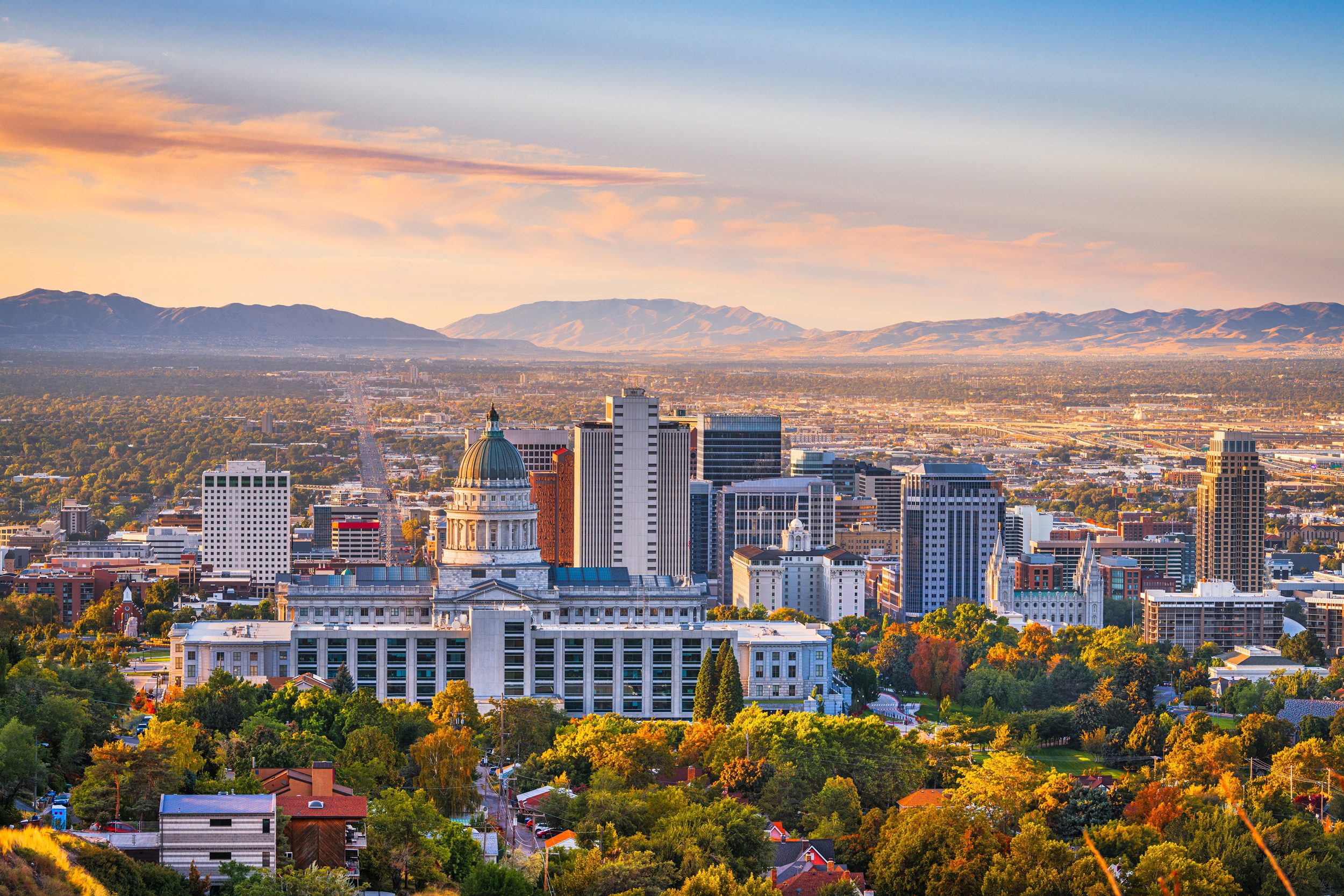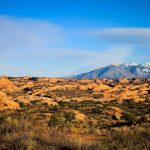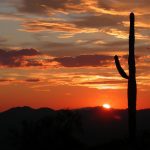- Severe drought now affects 42% of Utah, with 4% in extreme drought.
- Gov. Cox issued a drought emergency order on April 24, 2025.
- Utah’s reservoir storage is at 84%, but southern Utah remains critically dry.
- Residents urged to conserve water with practical everyday actions.
Monday, April 28, 2025 — Facing a dry year ahead, Utah Gov. Spencer J. Cox issued an executive order on Thursday declaring a state of emergency in 17 counties due to worsening drought conditions. The affected counties include Washington, Iron, San Juan, Kane, Juab, Emery, Grand, Beaver, Garfield, Piute, Millard, Tooele, Uintah, Carbon, Sevier, Sanpete, and Wayne.
on Thursday declaring a state of emergency in 17 counties due to worsening drought conditions. The affected counties include Washington, Iron, San Juan, Kane, Juab, Emery, Grand, Beaver, Garfield, Piute, Millard, Tooele, Uintah, Carbon, Sevier, Sanpete, and Wayne.
The declaration aligns with disaster classifications from the U.S. Department of Agriculture and assessments from the U.S. Drought Monitor and the Natural Resources Conservation Service’s water supply reports. It follows a recommendation by the state’s Drought Response Committee, which recently convened to review the situation.
Governor Urges Immediate Water Conservation.
“We’ve been monitoring drought conditions closely, and unfortunately, our streamflow forecasts are low, particularly in southern Utah,” said Gov. Cox. “I urge all Utahns to be extremely mindful of their water use and find every possible way to conserve. Water conservation is critical for Utah’s future.”
“I urge all Utahns to be extremely mindful of their water use and find every possible way to conserve. Water conservation is critical for Utah’s future.”
Although Utah’s snowpack peaked at a typical level this year — 14.3 inches on March 23 — southern Utah’s snowpack reached only about 44% of the normal amount. Compounding the issue, winter temperatures statewide were 2 degrees Fahrenheit higher than average. Reservoirs currently stand at 84% of capacity, offering some short-term relief. However, officials caution that drought conditions can shift rapidly.
State Leaders Stress the Need for Planning.
“The state partners closely with federal agencies to share critical water supply and drought updates,” said Joel Ferry, executive director of the Utah Department of Natural Resources. “Proactive planning is essential. We ask all Utahns across all sectors to use less water to help stretch the water supply.”
According to state data, 42% of Utah is currently experiencing severe drought, with 4% classified as extreme drought. By comparison, when Gov. Cox issued a similar executive order on April 22, 2022, 65% of Utah was in extreme drought and more than 99% of the state faced at least severe drought conditions.
Simple Ways to Save Water.
State officials emphasize the importance of immediate water conservation. Residents are encouraged to delay outdoor watering until temperatures reach the mid-70s for several consecutive days and to consult the Weekly Lawn Watering Guide for tailored advice. Other recommendations include fixing leaks, running only full loads in dishwashers and washing machines, turning off taps while brushing teeth or washing dishes, and shortening showers by at least one minute. Programs are also available that offer rewards for installing water-smart landscaping, replacing toilets, and upgrading to smart sprinkler controllers.
for tailored advice. Other recommendations include fixing leaks, running only full loads in dishwashers and washing machines, turning off taps while brushing teeth or washing dishes, and shortening showers by at least one minute. Programs are also available that offer rewards for installing water-smart landscaping, replacing toilets, and upgrading to smart sprinkler controllers.
Ongoing Monitoring and Response Efforts.
Utah’s Drought Response Plan, updated in 2022, continues to guide monitoring and response efforts. The Division of Water Resources works with state and federal agencies to track water supply conditions monthly, while the Drought Response Committee meets twice annually — or more often during drought events — to coordinate strategies.
For water-saving tips and updates, officials direct residents to SlowTheFlow.org .
.






Leave a Reply